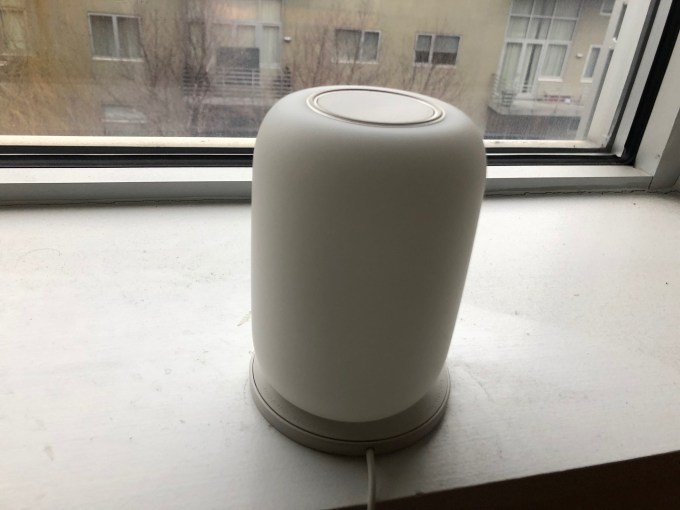Following Amazon’s decision to set up one of its new headquarters in Long Island City, Queens, the company announced this morning a plan to fund computer science classes in over 130 New York City area high schools. Specifically, Amazon will fund both introductory and Advanced Placement (AP) classes across all five NYC boroughs, including over 30 schools in Queens, near its new headquarters.
The courses will be supported by the Amazon Future Engineer program, whose stated goal is to bring over 10 million kids to computer science per year, and fund computer science courses for over 100,000 underprivileged kids in 2,000 low-income high schools in the U.S. It also awards 100 students per year with four-year $10,000 scholarships and offers internships at Amazon.
The new funding for the New York area schools will cover preparatory lessons, tutorials, and professional development for teachers, says Amazon, as well as offer sequenced and paced digital curriculum for students, and live online support for both teachers and students.
All participating students will also receive a free membership to AWS Educate, which offers free computing power in the AWS Cloud for coding projects.
It’s no surprise that NYC areas schools would be next on the list of areas to fund by way of Amazon’s Future Engineer program, given Amazon’s need to grow its base and a developer funnel for new tech talent in the NYC area. However, the move also drives home how disappointing Amazon’s “HQ2” decision has been for those areas that lost out when the retail giant opted to split its “second” headquarters between Queens and Arlington, VA.
There are cities across the U.S. that would have benefitted more from Amazon’s ability to fund computer science courses in their school systems. Instead, Amazon is pouring more money into an area that already has a lot of tech talent.
Amazon isn’t exactly being welcomed in NYC, anyway, as its arrival will drive up rents, displace plans for affordable housing, impact small business, and crowd already overcrowded public transportation, along with other issues.
Amazon says it will working with New York-area curriculum provider, Edhesive to bring the courses to the schools. A full list of the schools that will receive the classes is here.



